
The merger model opens up new development opportunities
On October 28, the Institute for Socio -Economic Research (RISE), Saigon University in collaboration with the Konrad Adenauer Stiftung Foundation (KAS) Vietnam (Federal Republic of Germany) organized the international workshop "Integrated coordination - development model and operating mechanism for the new Ho Chi Minh City".
Attending the event were Ms. Andrea Suhl, Consul General of the Federal Republic of Germany in Ho Chi Minh City; Mr. Lewe Paul, Chief Representative of KAS Vietnam, and many domestic and foreign scientists and experts.
Associate Professor Dr. Nguyen Phan Thu Hang, Director of RISE Institute, said that after the merger of administrative and economic space, Ho Chi Minh City was officially formed - becoming the first integrated regional urban area in Vietnam. This model opens up many development opportunities, but also poses great challenges in terms of coordination mechanisms, so that functional areas - from central urban areas, industrial parks, to seaports, logistics and ecological zones - can develop harmoniously and synchronously.
The workshop focused on discussing international models of regional coordination and integrated development, especially through research by Passau University (Germany), to draw lessons for Ho Chi Minh City in shaping a new operating mechanism.
Open institutions – the foundation for urban learning and adaptation
Dr. Nguyen Thanh Phong, Chairman of the RISE Institute's Scientific Council, emphasized: after the merger of administrative and economic space between Ho Chi Minh City, Binh Duong and Ba Ria - Vung Tau, a completely new entity was born - the new Ho Chi Minh City, with a two-level administrative model (city and ward/commune/special zone). The apparatus is more streamlined, the authority is more expanded, but the management problem becomes much more complicated.
According to him, every city in history is shaped by an institutional model. For the new Ho Chi Minh City, the important task is not only to reorganize space or invest in infrastructure, but also to restructure the way urban government operates in the new context - where coordination and integrated development require systematic, transparent and flexible thinking.
He proposed three main directions for the new coordination model: First, the institution needs to be designed as an open system, allowing the State, businesses, institutes and people to participate in the policy cycle. The city needs to become a space for continuous collaboration, experimentation and feedback through tools such as policy sandboxes, open data or periodic feedback forums.
Second, the coordination mechanism must be based on an integrated data infrastructure and a unified information space. The establishment of an Urban Data and Coordination Center (UDCC) will be a key step to enable real-time operations, evidence-based decision-making, increased governance efficiency, and reduced institutional conflicts.
Third, the coordination model needs to put people and knowledge at the center. The new Ho Chi Minh City should become an “institutional learning system” – where each policy pilot generates data and lessons for improvement. “Learning capacity is the measure of a modern city and a guarantee of sustainable development,” Mr. Phong emphasized.
Need for a "multipolar megacity" coordination model
From a policy perspective, Mr. Do Thien Anh Tuan, Lecturer at the Fulbright School of Public Policy and Management Vietnam, said that after the merger, Ho Chi Minh City will become a unified megacity with the highest scale and level of integration in the country, covering almost the entire core development area of the Southeast region, except for the old Dong Nai province.
This area concentrates most of Vietnam's financial, industrial, logistics, energy and strategic seaport centers, creating the most dynamic urban space in the country. The merger of three localities with natural links in production and infrastructure helps to eliminate administrative boundaries, creating conditions for building a development governance model at the "megacity" level - with much greater coverage and organizational capacity.
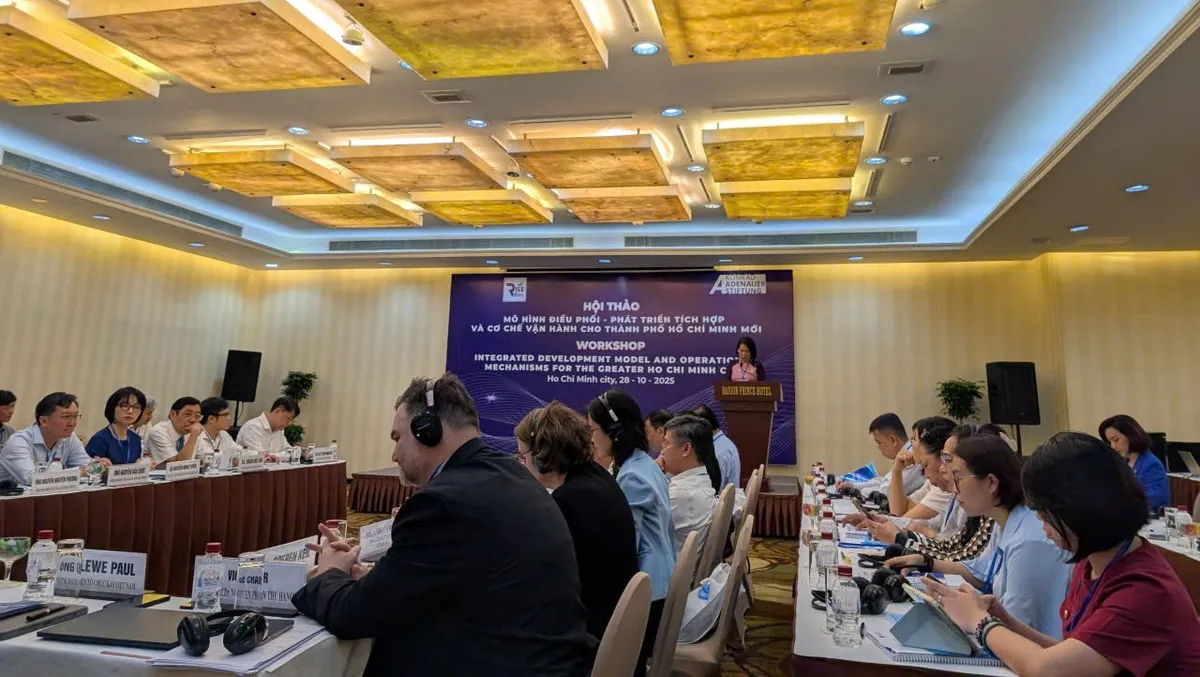
International workshop "Coordination model - integrated development and operating mechanism for the new Ho Chi Minh City". Photo: Ho Chi Minh City People's Committee.
However, Mr. Tuan commented: "Administrative consolidation does not automatically create a modern governance mechanism." The planning, public investment and data systems are still fragmented according to the old model, limiting unified decision-making.
Therefore, the urgent requirement now is to establish a multipolar megacity coordination model, in which spatial planning, infrastructure, public investment and urban services are integrated into a unified, flexible management system according to function.
According to him, this model should be designed according to the "axis - pole - satellite" structure, with each development pole having a clearly defined role, task and coordination mechanism in the overall operation of the City. Only then can Ho Chi Minh City fully promote the advantages of consolidation, ensuring both institutional unity and maintaining flexible and effective operational capacity, thereby affirming its position as a leading economic and financial center and gateway to international integration of Vietnam in the coming period.
At the end of the workshop, experts agreed that the transformation process of the new Ho Chi Minh City requires an institutional approach of "continuous learning", data integration and knowledge sharing among all levels of government, businesses and people.
A city is only truly modern when it knows how to use technology, data and social feedback to manage, make decisions based on evidence and always adjust to reality. This is also the spirit of the "multi-polar megacity" model that Ho Chi Minh City is aiming for - modern, adaptive and leading regional development.
Source: https://vtv.vn/de-xuat-mo-hinh-sieu-do-thi-da-cuc-cho-tp-ho-chi-minh-10025102909401245.htm


![[Photo] Hue: Inside the kitchen that donates thousands of meals a day to people in flooded areas](https://vphoto.vietnam.vn/thumb/1200x675/vietnam/resource/IMAGE/2025/10/29/1761738508516_bepcomhue-jpg.webp)
![[Photo] Prime Minister Pham Minh Chinh chaired a meeting to evaluate the operation of the two-level local government model.](https://vphoto.vietnam.vn/thumb/1200x675/vietnam/resource/IMAGE/2025/10/29/1761751710674_dsc-7999-jpg.webp)

![[Photo] Prime Minister Pham Minh Chinh chaired a meeting to discuss solutions to overcome the consequences of floods in the central provinces.](https://vphoto.vietnam.vn/thumb/1200x675/vietnam/resource/IMAGE/2025/10/29/1761716305524_dsc-7735-jpg.webp)
![[Photo] Human love in the flood in Hue](https://vphoto.vietnam.vn/thumb/1200x675/vietnam/resource/IMAGE/2025/10/29/1761740905727_4125427122470875256-2-jpg.webp)

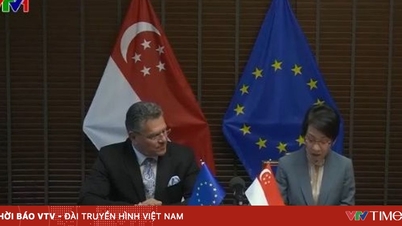
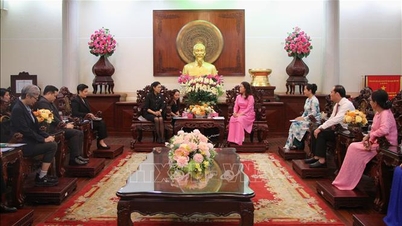


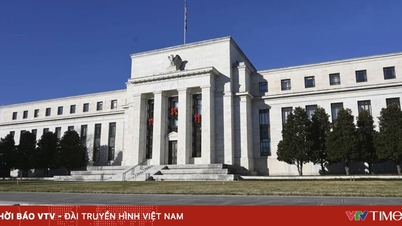

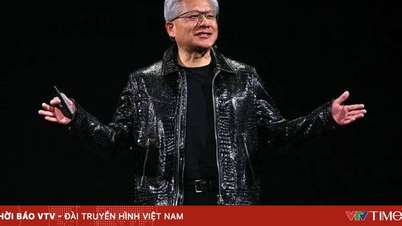





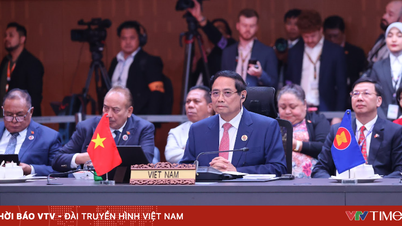
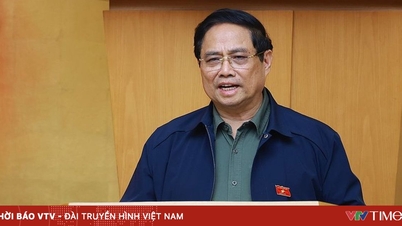
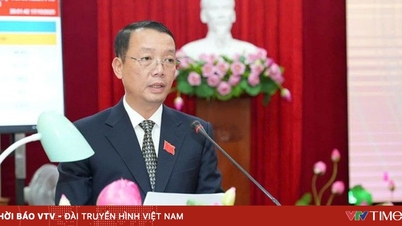
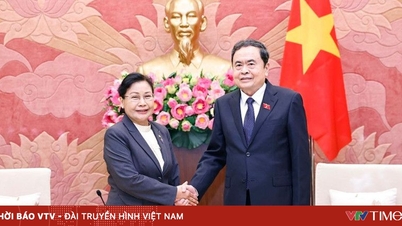
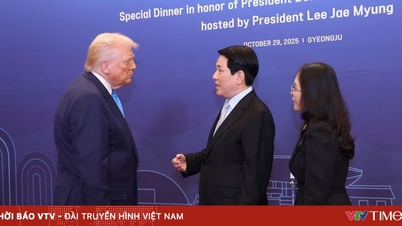



































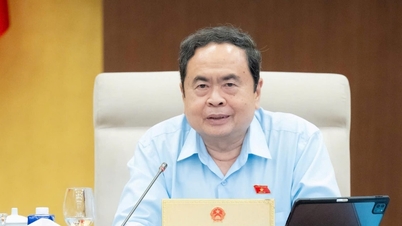

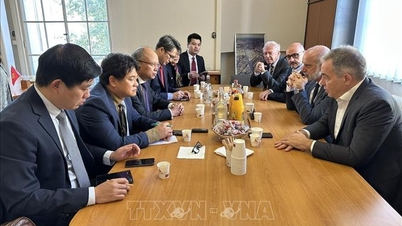
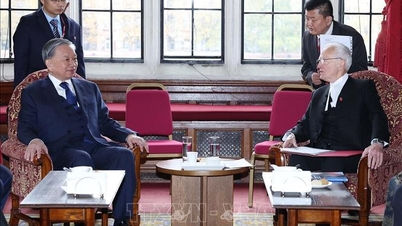
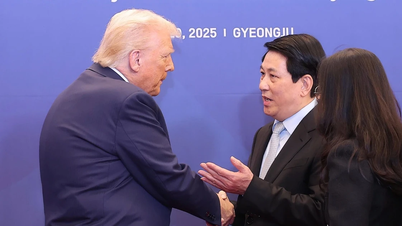



![[Live] Concert Ha Long 2025: "Heritage Spirit - Brightening the Future"](https://vphoto.vietnam.vn/thumb/402x226/vietnam/resource/IMAGE/2025/10/29/1761743605124_g-anh-sang-am-thanh-hoanh-trang-cua-chuong-trinh-mang-den-trai-nghiem-dang-nho-cho-du-khach-22450328-17617424836781829598445-93-0-733-1024-crop-1761742492749383512980.jpeg)
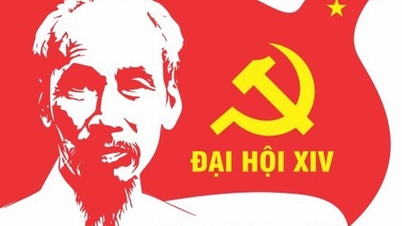
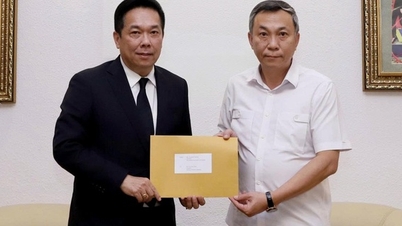

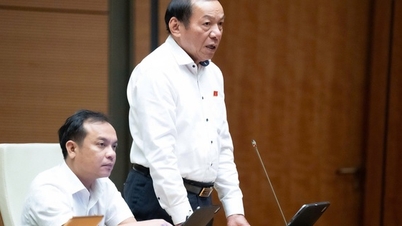
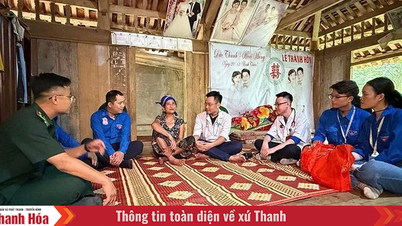







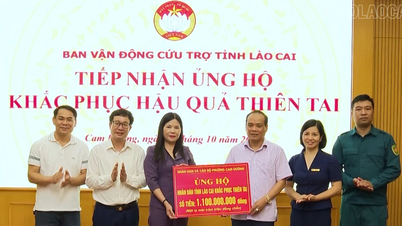

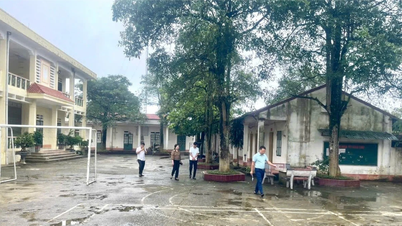















Comment (0)